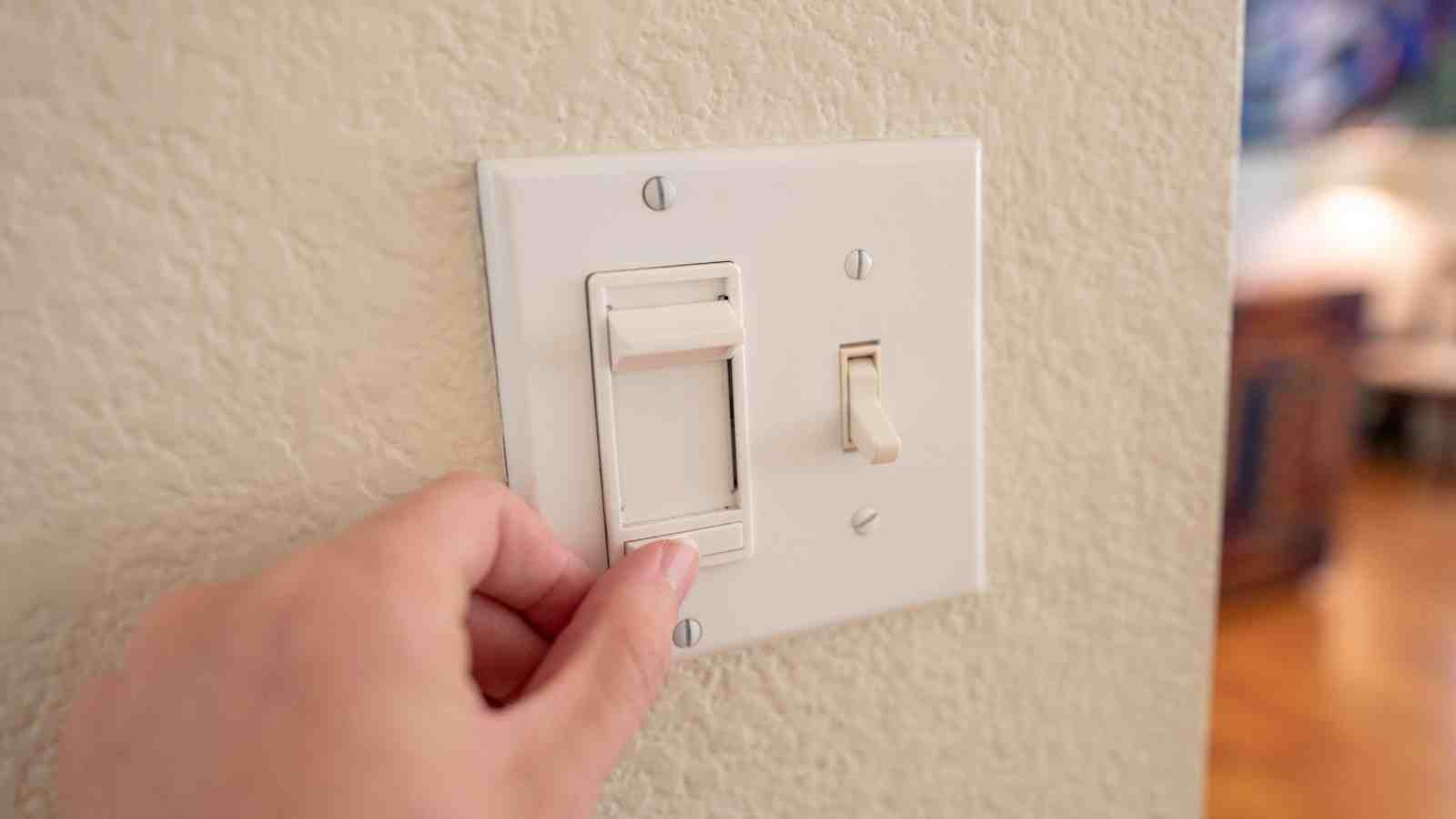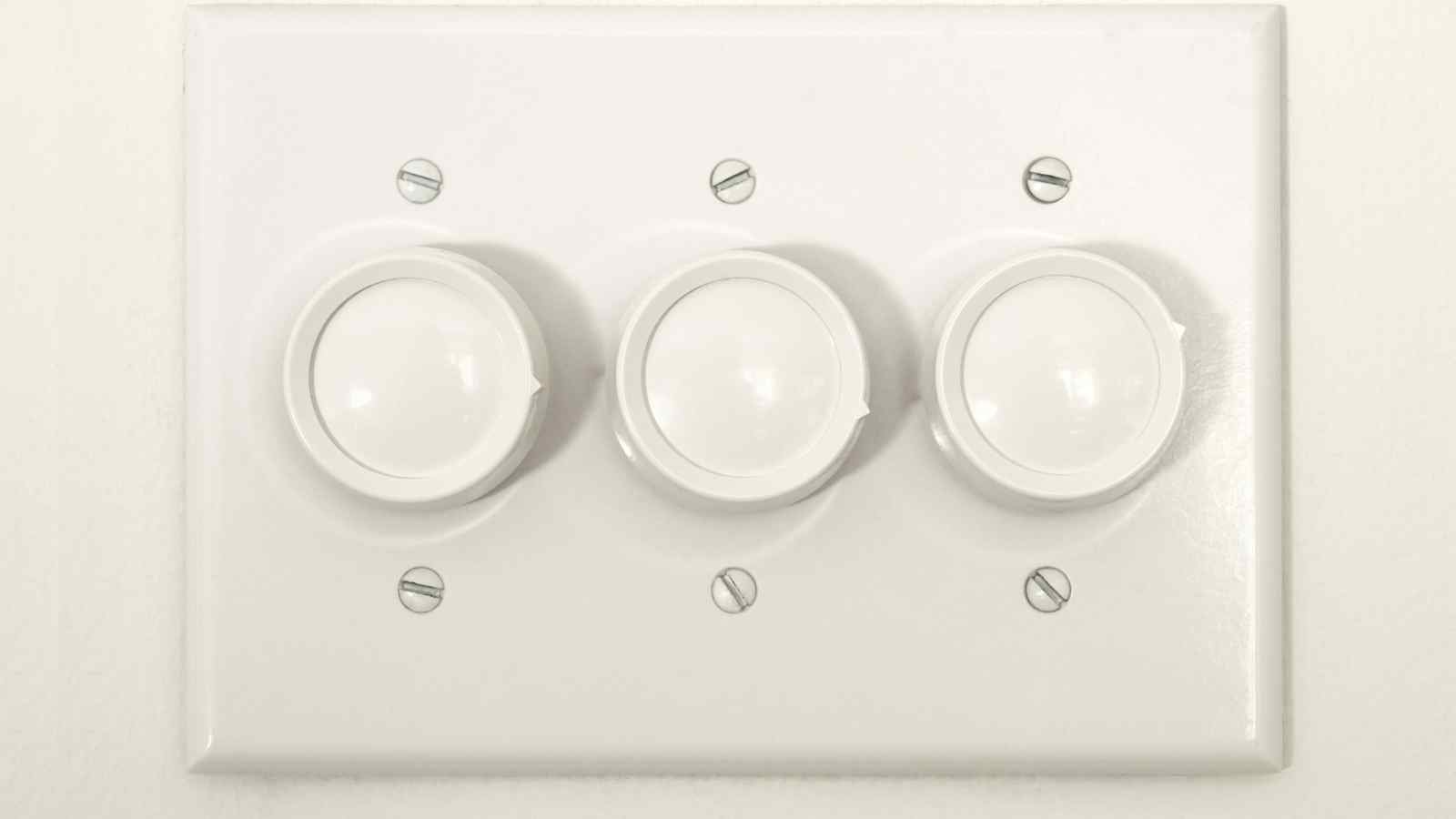Mixing Dimmable and Non-Dimmable LEDs on the Same Circuit
Understanding LED Light Strobing and Flickering: The Impact of Mixing Dimmable and Non-Dimmable LEDs on the Same Circuit
LED bulbs are often a top choice when upgrading your home's lighting due to their efficiency and longevity. However, incorporating LED lighting without a clear understanding of dimmable versus non-dimmable LEDs can lead to unexpected issues like strobing and flickering. This blog post explores why using non-dimmable LEDs on the same ground circuit as dimmable LEDs can cause these problems, particularly when a dimmer switch is involved.
The Basics of Dimmable and Non-Dimmable LEDs
LED lights come in two main types: dimmable and non-dimmable. Dimmable LEDs are designed to handle lower voltages, which allows the light output to be adjusted with a dimmer switch without affecting light quality or efficiency. On the other hand, non-dimmable LEDs are not built to operate at reduced voltages. When connected to a dimmer, non-dimmable LEDs may either not respond to the adjustment or function erratically.
How Dimmers Work
When you have dimmable and non-dimmable LEDs on the same circuit, it's crucial to know how dimmer switches work. Dimmers adjust the voltage supplied to the lighting fixture to control the brightness of the light. They typically do this through two methods: 'cutting' the phase of the AC power line to reduce the voltage or by using a technique called pulse-width modulation (PWM), which rapidly turns the LED light on and off at a speed that the human eye perceives as a reduction in brightness.
The Problem with Mixing LED Types
When both dimmable and non-dimmable LEDs are installed on the same circuit with a dimmer switch, several issues can arise:
- Voltage Incompatibility: Non-dimmable LEDs are not designed to handle the fluctuating voltage levels created by dimmer switches. When the voltage drops to dim the lights, non-dimmable LEDs may not have the necessary components to manage this change, leading to strobing or flickering. This effect is due to the inability of the non-dimmable LEDs to smoothly process the interrupted or reduced power supply.
- Circuit Conflicts: Dimmers and non-dimmable LEDs can create a conflict within the circuit. The dimmer reduces the voltage to decrease light output, but since non-dimmable LEDs aren't equipped to handle these changes, they react erratically. This reaction not only causes flickering but can also shorten the lifespan of the LEDs and potentially damage the dimmer.
- Electrical Noise and Interference: A dimmer with non-dimmable LEDs can introduce electrical 'noise' into the circuit. Dimmers often use high-speed switching to control light output, which can generate a small amount of electromagnetic interference. Non-dimmable LEDs, lacking proper internal components to filter out this noise, may respond with flickering or strobing.
Solutions to Avoid Flickering LED Lights
To prevent issues associated with mixing dimmable and non-dimmable LEDs on the same circuit, consider the following solutions:
- Separate Circuits: One practical approach is to separate dimmable and non-dimmable LEDs onto different circuits. This prevents any interaction between the different types of LEDs and ensures that each can operate under optimal conditions without interference.
- Appropriate Dimmer Switches: Ensure that the dimmer switch is compatible with all types of LEDs on the circuit. Some modern dimmers are designed to handle both dimmable and non-dimmable LEDs, adjusting the dimmer output to suit each type, which can mitigate flickering issues.
- Consult with Professionals: When upgrading or installing new lighting, a professional electrician can provide guidance tailored to your home's electrical system. They can recommend the best types of LEDs and dimmers for your specific setup.
While LED lighting offers numerous benefits, the technical nuances between dimmable and non-dimmable LEDs can lead to complications like strobing and flickering if not correctly managed. Understanding the differences and ensuring appropriate usage can help maintain the efficiency and longevity of your home lighting system. Consider the compatibility of your lighting components and consult with professionals when making significant changes to your home's electrical setup. This proactive approach will help ensure your lighting is efficient and visually comfortable.





